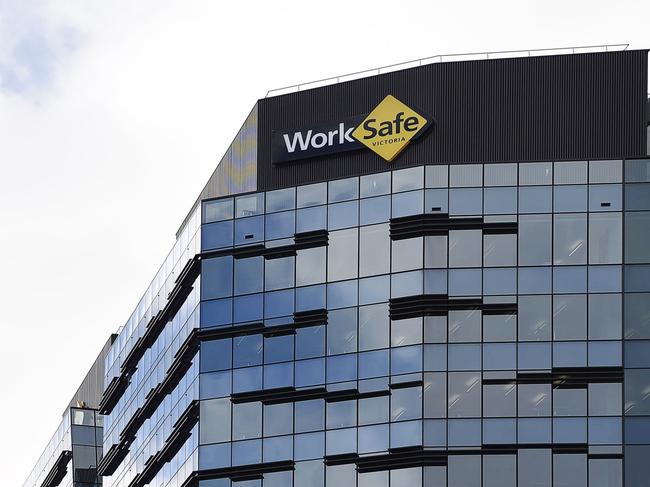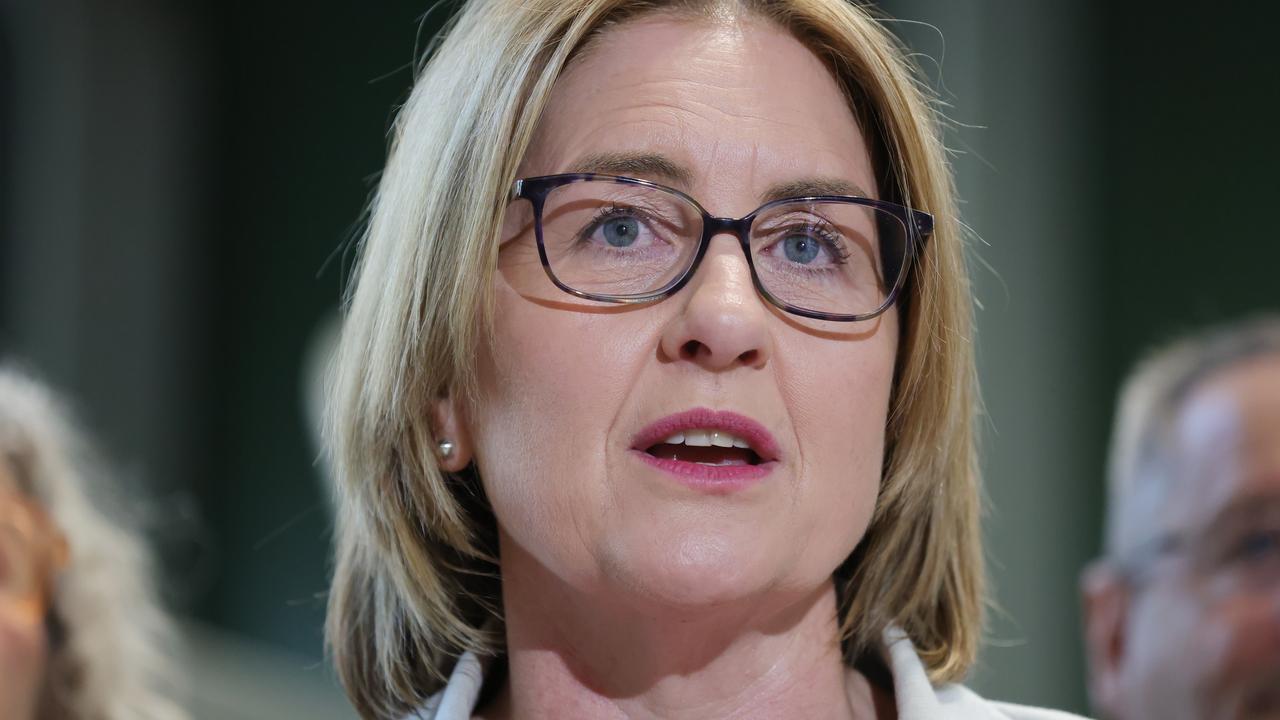Victorian WorkCover Authority posts insurance operations deficit of $1.76bn
The state government is facing an uphill battle to pass its legislation on the broken WorkCover scheme because of fears it will restrict legitimate mental health claims.

Victoria
Don't miss out on the headlines from Victoria. Followed categories will be added to My News.
A major overhaul of Victoria’s broken WorkCover scheme is under threat amid concerns it will too severely limit legitimate mental health claims.
The Victorian WorkCover Authority posted an insurance operations deficit of $1.76bn on Wednesday, as the Allan government introduced legislation into parliament to overhaul the scheme.
Insurance operations deficits now total $10.7bn since 2019-20, with the government desperate to pass major reforms to curb the annual blowouts with the just three sitting weeks left for the year.
But it is facing fierce opposition in the upper house where the Coalition and members of the crossbench remain concerned about new restrictions on mental health claims.

Under the changes some mental health claims will no longer be scrapped, with stress and burnout no longer eligible for weekly WorkCover payments.
Instead there will be 13 weeks of provisional payments made available for medical treatment and other costs.
If the government is forced to windback its proposed mental health claim reforms, there are concerns an already announced 42 per cent hike to premiums will have to be raised further.
An independent analysis from the Parliamentary Budget Office has found the already announced changes will cost businesses an extra $17.8bn by 2033-34.
Benefits paid to injured workers are now exceeding the premiums paid by business to fund the scheme by $1.1 billion every year with the government now routinely forced to handout bailout packages to propup WorkSafe.

The authority’s annual report, published Wednesday, revealed hindsight modelling showed annual premiums had been below required levels for a decade.
“The growth of mental injury claims continues to be a contributor, with a 17 per cent increase in the past 12 months alone,” it said.
“Claims growth overall and longer recovery times are also putting immense pressure on the scheme, with the cost of weekly income support growing to
$2.97bn in 2022-23, up from $1.88bn just five years ago.
“Weekly benefits for mental injury claims have nearly doubled in that time.”
Shadow minister for mental health, Emma Kealy, said she was concerned about the level of consultation with mental health service providers.
“Victoria is in the midst of a mental health crisis, yet the new Premier’s first action is to ruthlessly restrict the mental health safety-net for injured Victorian workers,” she said.
“Labor can’t manage money, and now Victorian workers are having to pay the price through weaker access to mental health support.”

WorkSafe minister Danny Pearson said proposed changes would not apply to some occupations, including frontline workers, that necessarily involved exposure to traumatic events.
“The mental injury eligibility reforms are designed to strengthen the nexus between employment and its potential to cause injury,” he said.
“It also improves the rigour applied to diagnosing mental health conditions, to ensure the Scheme supports those it was intended to.”
The new 1.8 per cent average premium makes the Victorian scheme among the most expensive in the country.
In Queensland the premium rate is 1.23 per cent while NSW sites at 1.48 per cent.
Tasmania and the ACT both charge well above other states with rates of 2 per cent while Western Australia is just above Victoria with a rate of 1.82 per cent.



